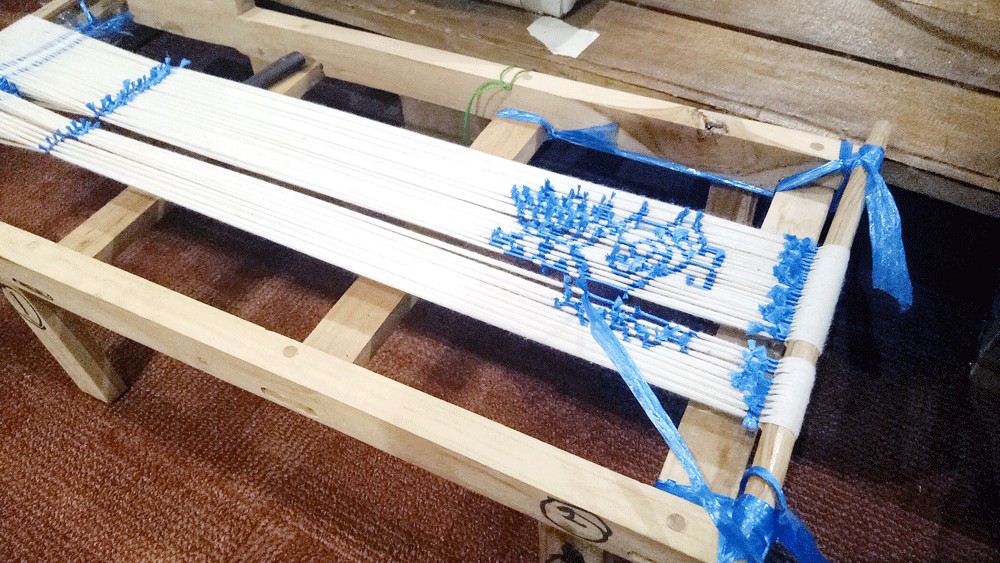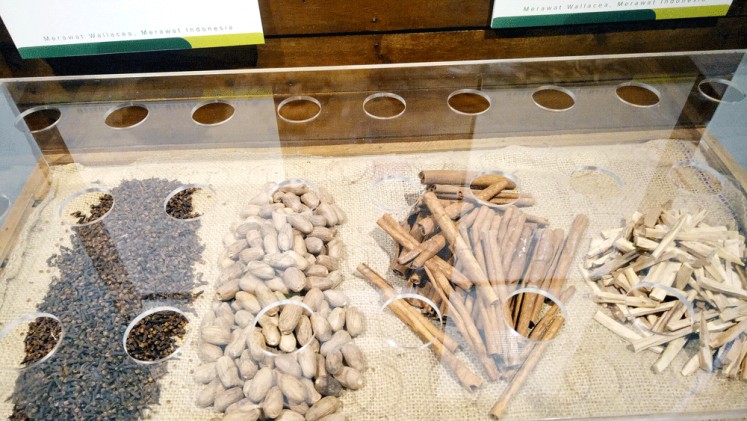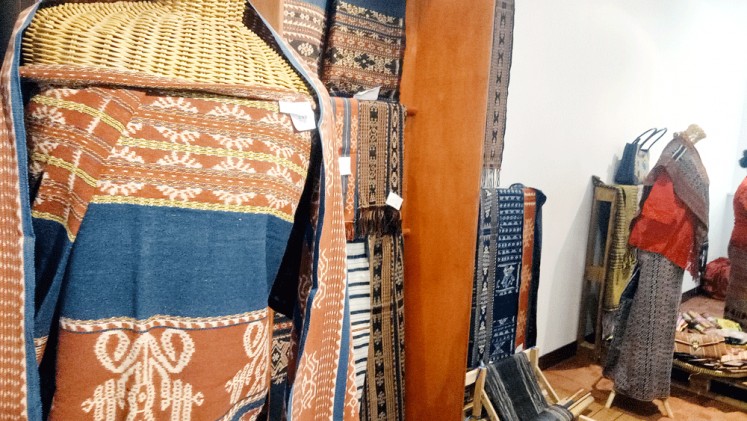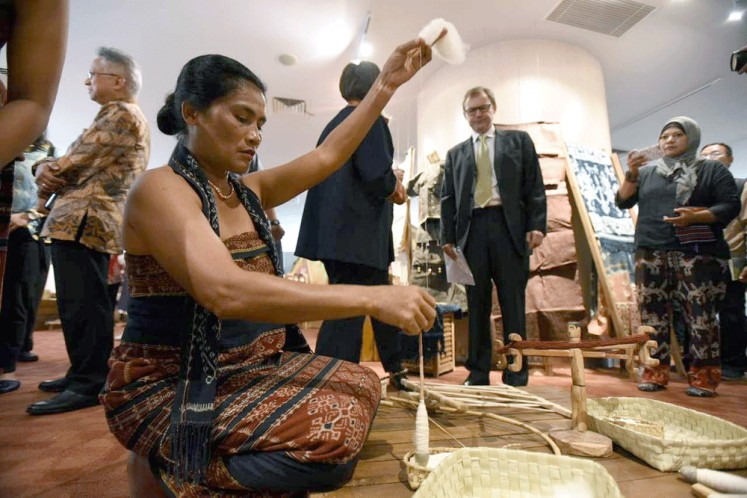Popular Reads
Top Results
Can't find what you're looking for?
View all search resultsPopular Reads
Top Results
Can't find what you're looking for?
View all search results2018 Wallacea Week: Celebrating diversity and science
2018 Wallacea Week wants to show that culture also plays a part in the field of social science.
Change text size
Gift Premium Articles
to Anyone
I
ndonesia is home to many of the earth’s diverse flora and fauna. While this fact is considered common knowledge in modern times, it was all thanks to extensive research that spans from centuries past to ongoing exploration and conservation efforts.
Enter Alfred Russel Wallace.
Wallace was a British naturalist known for his many contributions to science, chief among them jointly discovering the theory of evolution by natural selection with Charles Darwin.
Along with natural selection, Wallace also traveled to the Malay archipelago collecting 126,000 specimens in the region.
So great was Wallace’s contribution to biogeography that a region and a faunal boundary was named after him; the Wallacea and the Wallace Line respectively.
The Wallacea region consists of Sulawesi, the Maluku Islands, East Nusa Tenggara and West Nusa Tenggara.
Running along the region is the Wallace Line, located between Kalimantan and Sulawesi and continuing down to the Lombok Strait between Bali and Lombok.
Spiced up: The Wallacea region is home to a great number of flora and fauna. (-/-)In honor of Wallace’s discoveries, the British Council in cooperation with the Indonesia Science Academy (AIPI) held the Wallacea Week, a weeklong event with exhibitions, public seminars, workshops, as well as food tasting.
In its third year, the 2018 Wallacea Week was held at the National Library of Indonesia from Oct. 11 to 17.
British Council director Paul Smith said that the main reason Wallacea Week continues to be held is to celebrate the great diversity of Indonesia and the archipelago.
“Indonesia is one of the most diverse countries in the world […] and Wallacea science really gets to the heart of understanding that, so it’s a great way of celebrating Indonesia as well as doing great science,” Smith said.
British Embassy deputy head of mission Rob Fenn added that the event is also a drive to get more people into the scientific field.
“One [objective] is to encourage young people in Indonesia to become scientists. They can see that their archipelago is so important to the science of the world. That can get more people into the field,” Fenn said.
“The second objective for the British Embassy is to encourage scientific collaborations between scientists in the UK and scientists in Indonesia. That’s good for both countries. It’s very much a priority for the Indonesian government.”
The Wallacea Week’s exhibition area showcases the abundance of cultural diversity in the Wallacea region, such as traditional textiles and coffee along with local artisans who provided live demonstrations as well as workshops on certain dates.
Textile of civilization: The tradition of tenun (weaving) is rooted in identity and role in society. (The Jakarta Post/Josa Lukman)AIPI head Satryo Soemantri Brodjonegoro said science and culture could not be separated, as scientific development involves humans, who in turn develop science.
“Of course, in the end culture will also be influenced by scientific evidence. That’s why in this event, it’s important for us to not only scientifically understand the Wallacea region, but to know how diverse we are in culture,” Satryo said, adding that the diversity is exemplified in the fact that western Indonesia and eastern Indonesia are different in culture.
A series of public talks on Oct. 11 further discussed diversity in the Wallacea region.
Split into four parts, the seminars discussed topics such as food and human genetics, conservation, cultural diversity, as well as science and society.
Of particular note was indigenous environmentalist Aleta Ba’un’s discussion on how tradition shapes gender roles. Mama Aleta, as she is popularly called, talked about how gender roles are vital to the Mollo people.
“Before marriage, a man’s job is to build houses. Meanwhile, a woman’s job is to do tenun (weaving). This tenun will portray the relationship between man and woman, so it is said natural resources cannot be separated from humans,” Aleta said.
For Aleta and those hailing from the Mollo tribes, the nature around them is an extension of their own body, exemplified in the Mollo philosophy of oel fani on na, nasi fani on nafua, afu fani on nesa, fatu fani on nuif (water is blood, trees are hair, soil is flesh, stone is bone).
Another highlight was travel writer and photographer Agustinus Wibowo’s discussion, as he talked about indigenous religions and native faiths in Indonesia.
Handmade: Local artisans are brought in to demonstrate their craft. (Courtesy of the British Council/-)“The fear of death is a universal fear, but that fear of death always makes us think about seeking the answers to some big questions; Where do we come from? Where are we going? Why do we have to die? What is the meaning of life?” Agustinus said.
“Before the age of science, our ancestors tried to answer those questions with stories. During my travels in Papua, I found that each tribe and village have their own sacred stories explaining how the universe and humanity came to be.”
According to Agustinus, indigenous religions have a commonality where humanity and the universe all come from a single source.
“Because humanity and the universe all come from the Holy Spirit, we have to respect nature, as there is a sliver of the Holy Spirit in each element in nature. That’s why we can’t randomly cut down trees or kill animals or throw garbage into the river. Life with a spiritual wholeness is a life at one with nature,” he said.














